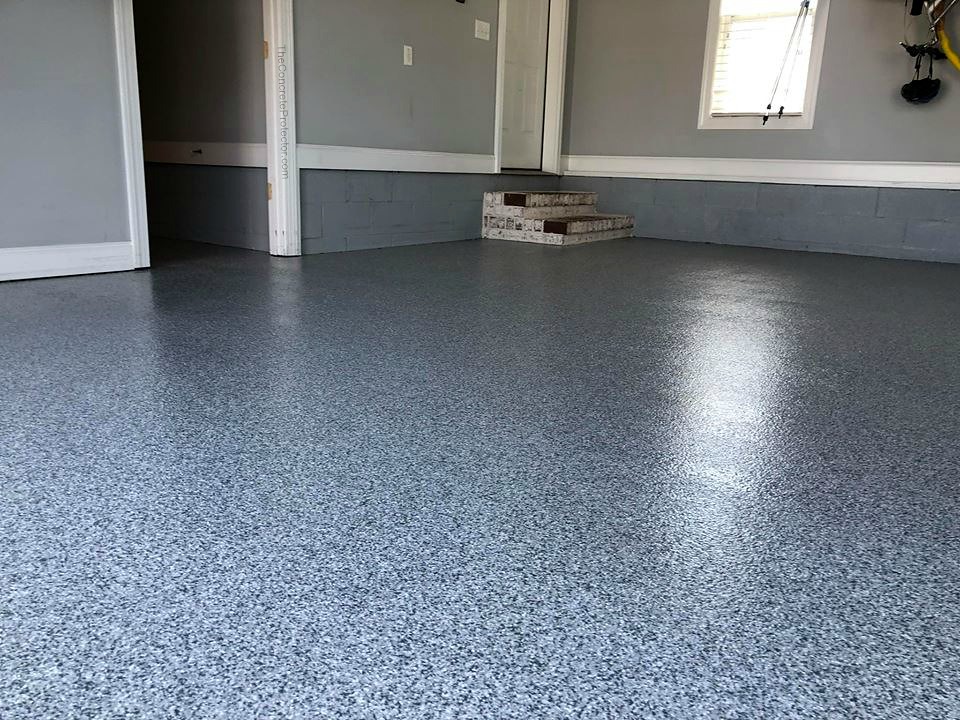Unearthing the Potential of Breathing Exercises: A New Paradigm in Wellness
Breathing. It's a fundamental aspect of life that often escapes our conscious attention. Despite its seeming simplicity, the act of breathing holds the potential to significantly influence our health and wellness in ways you may not have considered. Rooted in ancient practices yet supported by modern science, breathing exercises are emerging as a powerful yet easy-to-implement wellness strategy.

The Genesis of Breathing Exercises
Breathing exercises have a rich history, tracing back to ancient civilizations across the world. Eastern traditions, including Yoga and Tai Chi, highlighted the importance of controlled breathing thousands of years ago. Meanwhile, indigenous cultures worldwide also recognized the value of breath control for both spiritual and physical well-being.
In the Western world, the therapeutic potential of breathing exercises gained recognition in the 20th century. Scientists started investigating breathing patterns and their links to health, providing a scientific foundation for this ancient practice. This fusion of traditional wisdom and modern science has led to the emergence of breathing exercises as a credible and accessible wellness strategy.
Breathing Exercises in the Spotlight
Today, the world of health and wellness is witnessing a resurgence of interest in breathing exercises. This renewed attention comes amid growing recognition of their potential to combat stress, improve mental health, enhance physical performance, and even manage chronic conditions.
Research has shown that controlled breathing can lower cortisol levels, the body’s primary stress hormone. It can also stimulate the production of endorphins, our natural ‘feel-good’ hormones, helping to boost mood and alleviate symptoms of anxiety and depression.
Moreover, athletes and fitness enthusiasts are increasingly incorporating breathing exercises into their training regimens. Controlled breathing can enhance physical performance by improving oxygen delivery to the muscles, making it a natural and effective performance enhancer.
The Science of Breathing Exercises
Breathing exercises work by influencing our autonomic nervous system (ANS). The ANS controls many of our body’s automatic functions, including heart rate, digestion, and, of course, breathing.
When we’re stressed, the ‘fight or flight’ response of our ANS kicks in, leading to quick, shallow breathing. This response is beneficial in short-term, high-stress situations, but it can negatively impact our health when it becomes our default breathing pattern.
Breathing exercises help to activate the ‘rest and digest’ response of our ANS. This response promotes relaxation, lowers heart rate, and allows for deep, slow breathing. As a result, controlled breathing exercises can help to restore balance to our ANS and promote overall health and wellness.
Interesting Insights into Breathing Exercises
- Deep, controlled breathing exercises can increase blood oxygenation levels, enhancing cognitive function and physical performance.
- The practice of ‘Box Breathing’, where inhalation, hold, exhalation, and hold are each for a count of four, is used by Navy SEALs to maintain calm and focus under extreme stress.
- ‘Alternate Nostril Breathing’, a technique from Yoga, has been shown to improve cardiovascular function and lower heart rate.
Embracing the Breath for Wellness
Considering its ease of implementation and the numerous health benefits it offers, breathing exercises deserve a place in our daily wellness routine. Whether you’re seeking to manage stress, enhance physical performance, or simply improve overall wellness, breathing exercises offer a scientifically supported solution.
In conclusion, the act of breathing, as simple as it may seem, holds immense potential for our health and wellness. By consciously controlling our breath, we can tap into this potential, positively influencing our mental, emotional, and physical well-being. As the field of health and wellness continues to evolve, the humble act of breathing is poised to play a significant role in this exciting journey.




